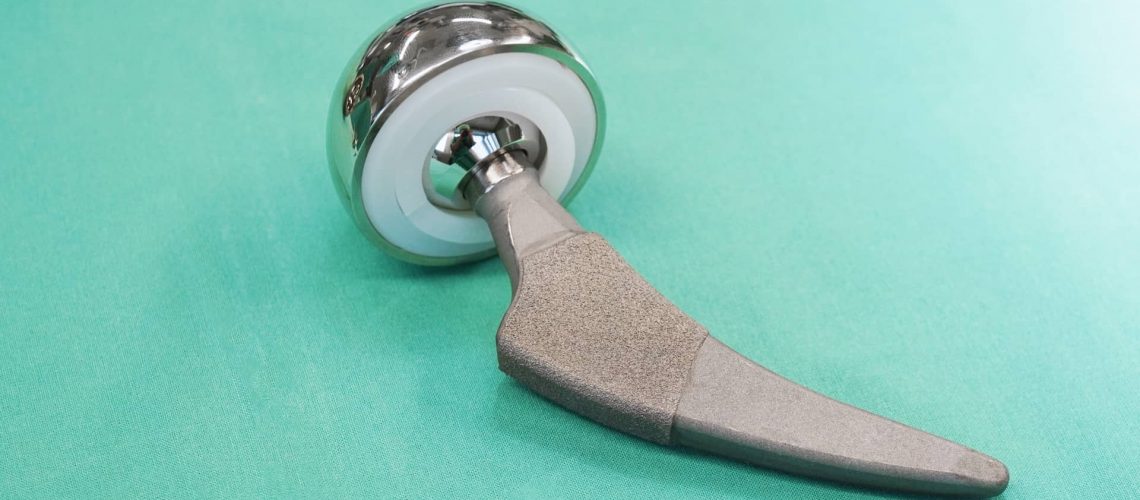Are you experiencing joint pain long after hip replacement surgery? Many people turn to hip replacement surgery to solve their mobility issues and restore a sense of normalcy to their life. Unfortunately, post-surgery complications can leave you questioning the effectiveness of your artificial hip but don’t worry — revision hip replacement may be able to help.
Our team at Thunder Basin Orthopaedics regularly performs total joint replacement, including hip replacement surgery. Unfortunately, some circumstances can dislodge or move your replacement hip. Revision hip replacement is a form of maintenance that ensures your prosthesis fits properly without causing discomfort.
Revisiting your joint replacement surgery with revision hip replacement is a decision that may significantly improve your quality of life. You’ll find more information about revision hip replacement surgery, when you may need it, and how it’s performed below. In addition, if you think your artificial hip is causing you problems, we can guide you through what to expect as you look forward to revision hip replacement.
Contents
What Is Revision Hip Surgery?
Regardless of what materials make up your artificial hip, it can still wear down, just like your natural bones. Likewise, it can become dislocated and put increased stress on the surrounding areas. When this happens, revision surgery may be necessary to correct it.
Post-replacement complications can happen to anyone regardless of age or lifestyle. For example, exercise injury and sports injury can displace or break down a prosthesis in an otherwise healthy person just as severely as a fall can in an older body. There are also circumstances beyond your control that may lead to revision hip surgery.
The goal of revision hip replacement is to identify problems with your current artificial hip, remove it, and implant a new one. Depending on how the original prosthesis failed, the new hip may be a different size or contain additional components. Therefore, a lot of preparation is done before surgery to account for all problems related to your hip.
Problems That Require Revision Replacement
Your doctor will give you an in-depth examination (including x-rays) to get a complete picture of why your replacement is causing you pain. Knowing the why is vital to correct revision and replacement, as there is no “one size fits all” solution. The most common hip replacement problems are:
- Prosthesis Failure—Even the strongest joint replacements will break down over time, with or without rigorous wear and tear. Prosthesis failure occurs when your replacement breaks, warps, or otherwise changes shape, no longer fitting comfortably in place. Prosthesis failure is the most common post-replacement problem patients face, and it can occur at any time.
- Bone Fracture—In this scenario, the problem is caused not by your artificial hip but by the surrounding bones. A fracture can create instability for your prosthesis. Your doctor must address any fractures before going forward with the replacement.
- Infections—Though they’re most common within three months of your initial hip replacement surgery, infections are still a risk. When left unaddressed, an infection can spread throughout your body and create further health problems. Revision hip replacement is more complicated under these circumstances but not impossible.
- Auto-Immune Response—As your prosthesis breaks down, it releases its materials into your body. Your immune system responds by attacking these materials as well as the natural bones surrounding your artificial hip. Because this damages your bones, you may need to have a larger replacement hip implanted.
What Does Revision Hip Replacement Surgery Entail?
Revision replacement surgery mimics your original replacement surgery, though it may require extra steps depending on how severe the damage is. At its core, the procedure removes your old hip replacement and implants a new one. However, your surgeon may need to treat other issues to ensure your new prosthesis fits appropriately, such as treating infections and removing scar tissue.
Your surgeon will give you a regimen to follow after the procedure is finished. Full recovery takes time, and you’ll receive prescription medications and physical therapy exercises to follow to make the process as fast and complete as possible. If you choose not to follow your post-operation itinerary, you may find yourself in pain again and back under the knife to correct it.
Revision hip replacement surgery is perfectly safe. However, the procedure carries the same risks as other forms of joint surgery, including possible infections, bone damage, and nerve damage. Your surgeon will work with you to take every step to minimize all potential risks.
Let Thunder Basin Orthopaedics Handle Your Surgery
If you’re looking for the best orthopedic care in the Gillette or Douglas area, look no further than Thunder Basin Orthopedics and Sports Medicine.
Treating everything from fractures and traumatic injuries to joint replacement and sports injuries, Thunder Basin Orthopaedics and Sports Medicine gives individualized treatment using a variety of techniques to operate with less damage to the body.
Looking for the skilled staff and top surgeons to get you back on your feet and back in the game? Contact Thunder Basin Orthopaedics and Sports Medicine today. You can also find new patient paperwork here to get a head start on getting back to living life to its fullest and working toward becoming pain free!


